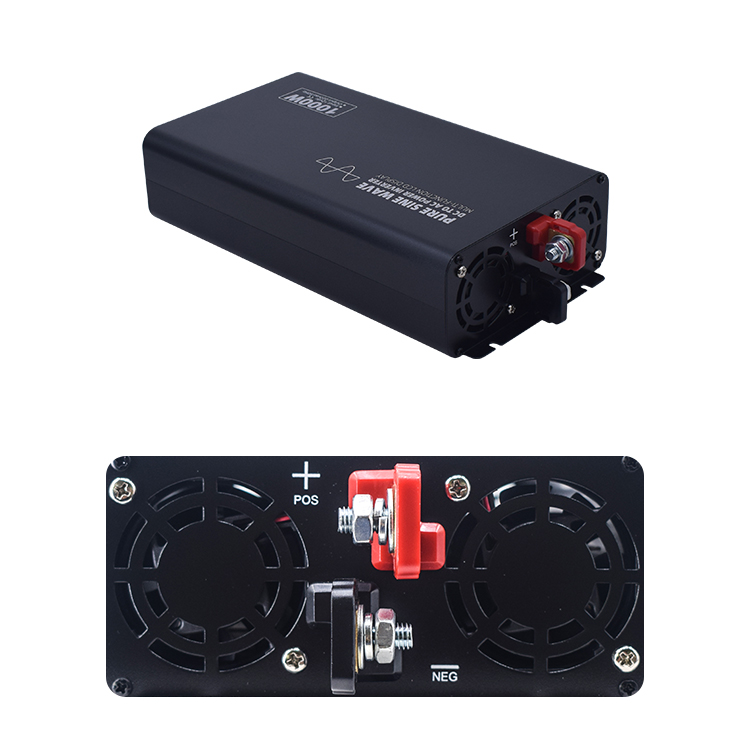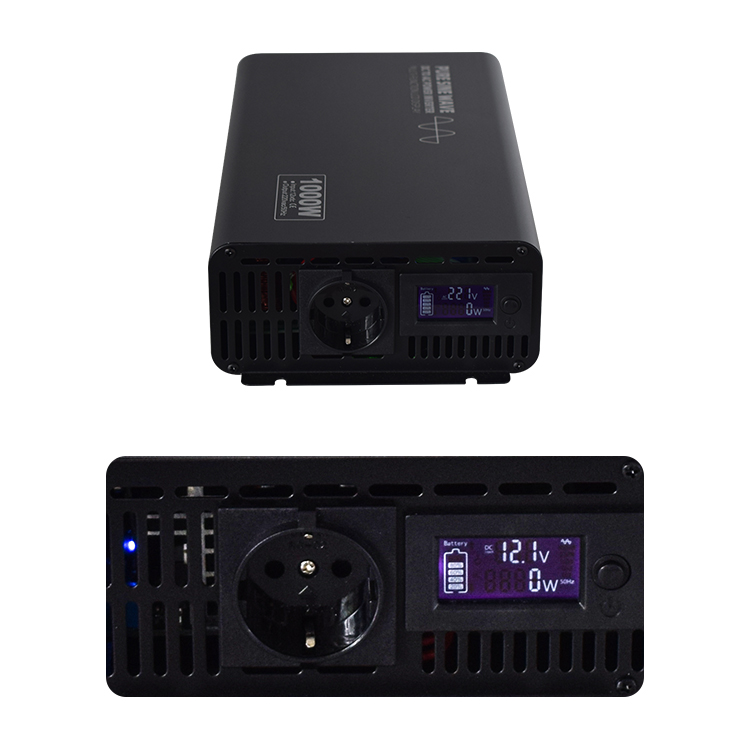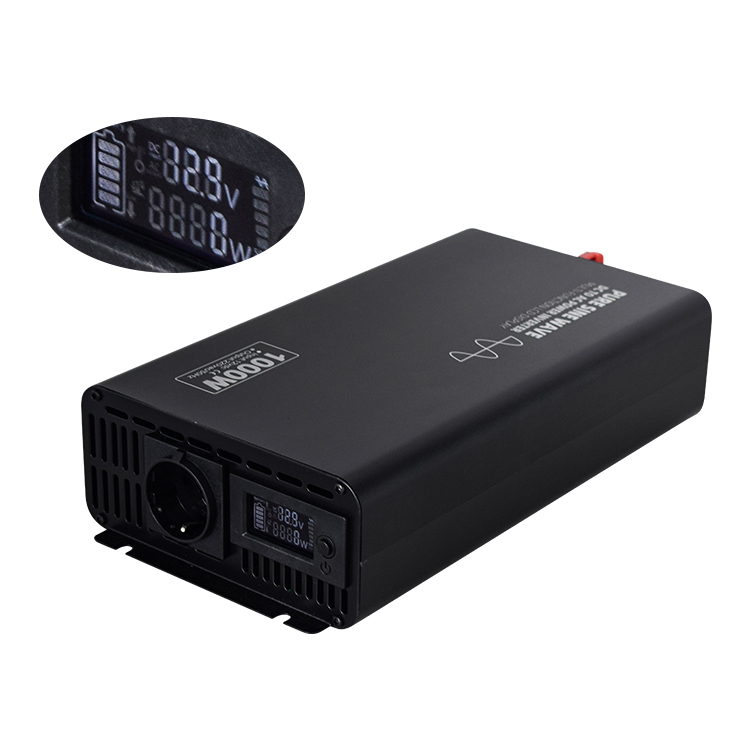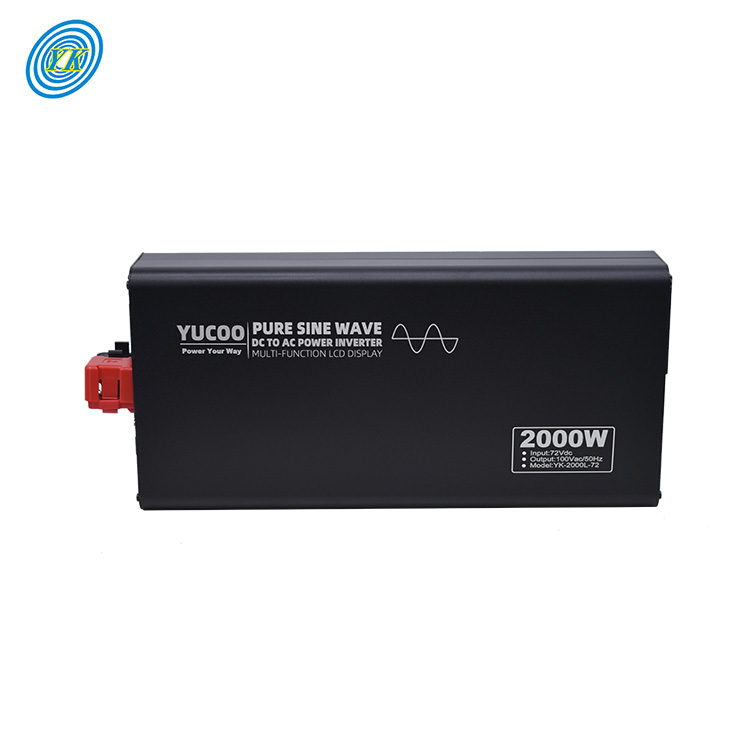News
Designing and Simulating a Pure Sine Wave Inverter with LCD using Key Components and Tools
Click: 784 Date: 02/02/2024 10::30::45 AM
Designing and Simulating a Pure Sine Wave Inverter with LCD using Key Components and Tools
Microcontrollers play a crucial role in the operation of pure sine wave inverters. They are responsible for controlling the switching signals that drive the H-bridge circuit, which in turn generates the output AC signal. The microcontroller's job is to interpret user input, such as adjusting voltage or frequency, and translate these commands into the correct switching pattern to produce the desired output.
The process begins with the microcontroller receiving input from the user through an interface, typically an LCD display. This input is then processed and converted into instructions for the H-bridge circuit. The microcontroller uses its internal clock to generate timing pulses, which determine when the switches in the H-bridge circuit should open and close.
By controlling the timing of the switches, the microcontroller effectively controls the shape of the output waveform. It ensures that the output remains a pure sine wave, free from harmonic distortion. This is achieved by using a low pass LC filter, which removes high frequency components from the output signal, leaving only the fundamental frequency intact.
The microcontroller also manages the power supply to the inverter. It monitors the voltage levels and adjusts them as needed to ensure stable operation. Furthermore, it provides feedback to the user through the LCD display, allowing them to monitor the performance of the inverter and make any necessary adjustments.
In conclusion, the microcontroller is a vital component in a pure sine wave inverter. Its ability to control the operation of the H-bridge circuit and manage the power supply makes it indispensable for producing clean, efficient AC power from DC input.

Switching signals play a crucial role in the operation of inverters, particularly in power conversion processes. These signals, generated by microcontrollers, dictate the switching of electronic switches within the inverter. This switching process allows the inverter to convert direct current (DC) into alternating current (AC), enabling devices that require AC to operate properly.
In a pure sine wave inverter, the switching signal is essential for producing a smooth, continuous waveform. Without a well-timed and precise switching signal, the output could be distorted, leading to poor performance in connected devices. Therefore, the quality and timing of the switching signal directly impact the efficiency and reliability of the inverter.
Moreover, the frequency and duty cycle of the switching signal can affect the voltage regulation capabilities of the inverter. A higher frequency can lead to a more efficient conversion process, while a suitable duty cycle ensures that the output remains within acceptable limits.
In summary, the switching signal is a vital component in the operation of an inverter. It controls the switching of electronic switches, determines the output waveform, and influences the overall performance of the device. Therefore, understanding the importance of switching signals in inverter operation is key to designing effective and reliable inverters.

H-bridge circuits play a critical role in power conversion systems. They act as a full bridge rectifier, converting AC power into DC power. This process involves two semiconductors, typically transistors or diodes, connected in such a way that current flow is possible in both directions.
In a typical H-bridge configuration, four switches are used. Two of these switches form one half-bridge, while the other two form the second half-bridge. The switches alternate between being on and off, allowing for the control of the direction of current flow.
One of the key benefits of H-bridge circuits is their ability to control the direction of current flow. This makes them ideal for applications where the direction of power needs to be reversed, such as in motor control systems.
Another advantage of H-bridge circuits is their ability to convert AC power into DC power. This is achieved by rectifying the input AC signal, effectively removing the negative half of the waveform. The result is a pulsating DC output, which can then be smoothed using filtering techniques.
In summary, H-bridge circuits are essential components in power conversion systems. Their ability to control current flow and convert AC power into DC power makes them highly versatile and useful in a wide range of applications.

Low Pass LC Filters play a crucial role in maintaining pure sine waves in inverters. These filters are integral to the operation of a Uninterruptible Power Supply (UPS), which essentially functions as a switching regulator. The LC filter on a UPS operates at a cut-off frequency significantly lower than the Pulse Width Modulation (PWM) frequency. For instance, if the PWM circuit operates at 100kHz, the filter would have a cut-off frequency of 3 to 5kHz. This design ensures that high frequencies, which can cause significant voltage amplification and potentially damage the transistors, are barely visible on the output, thus reducing emissions.
The LC filter's natural resonant frequency remains largely unaffected by load changes, but its damping factor, which is the inverse of the quality factor (Q), adjusts accordingly. As the load increases, the damping factor decreases, leading to underdamping. On the contrary, when the load is minimal, the damping factor increases, resulting in overdamping. It's important to note that these changes in the damping factor can lead to significant voltage amplification if the PWM frequency or harmonic artifacts are close to the cut-off frequency, potentially damaging the transistors.
In the context of high-power class-D amplifiers, an LC filter is often applied to the output of the amplifier. This filter is passive and utilizes both an inductor and a capacitor on each output terminal. The proper selection of the LC filter components is essential to achieve the desired audio performance, efficiency, Electromagnetic Compatibility/Interference (EMC/EMI) requirements, and cost for the end application. The frequency response of the LC filter is particularly important when selecting the inductor and capacitor values. The load impedance determines the damping ratio of the output LC filter and is classified as overdamped, critically damped, or underdamped.
The LC filter's Q factor or damping ratio is another important consideration when selecting components for the second-order low-pass filter. Texas Instruments (TI) recommends using a second-order Butterworth low-pass filter due to its flat pass-band and phase response. TI advises against the use of LC filters that peak excessively, like the underdamped filter response, as they can be harsh to the human ear and potentially trigger the protection circuitry of some amplifiers. However, overdamped filters can result in the attenuation of high-frequency audio content in the audio band.
In conclusion, the LC filter plays a vital role in maintaining pure sine waves in inverters by filtering out high-frequency noise and maintaining the stability of the system. Its design and component selection are crucial for achieving the desired performance and efficiency.
